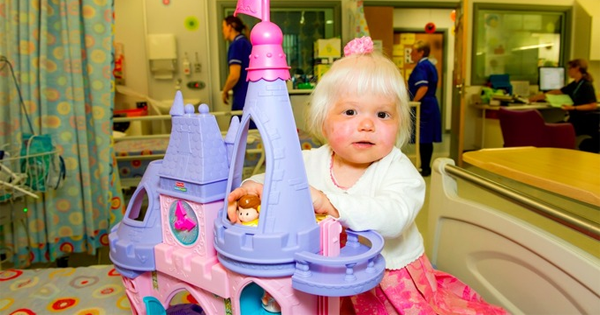Kristina Vukolova was born with Severe Combined Immunodeficiency (SCID), a fatal condition that left her without any immune system to protect her from disease. The condition is generally treated with a stem cell transplant, which the doctors performed.
However, Kristina’s procedure didn’t go smoothly.
Not long after the transplant, Kristina developed GVHD, Graft-versus-Host Disease. The transplanted stem cells didn’t recognize Kristina’s body, so they began to attack her body and cells. In the past, doctors couldn’t save patients with GVHD. They simply didn’t have the medical means to do so.
What the doctors did to ensure Kristina’s survival became a medical breakthrough.
The doctors took stem cells from Kristina’s mother, Jeketerina, to transplant into Kristina’s body, even though Jeketerina’s stem cells weren’t a complete match with those of Kristina’s. Mother and daughter only formed a half identical tissue match.
Jeketerina recalls, “When the doctors said performing this new type of treatment was an option, I was happy to go for it as I knew they’d tried everything else.” Kristina had to undergo chemotherapy to prepare for this second transplant, and at one point, Jeketerina feared her daughter wouldn’t survive.
Kristina’s doctors, however, pulled through.

After spending six months in a health bubble in Newcastle, England’s Children’s Bone Marrow Transplant Unit, Kristina was finally deemed healthy and strong enough to leave the quarantined space. She has recently turned four and is doing even better than when she was just released.
Treatments for SCID and GVHD are continuing to be researched and developed, with the support of the charity The Bubble Foundation. The charity has helped increase the survival rate of children with SCID from 50% to 90%, but ongoing support to the charity is always welcomed and needed to help support children in the future.





